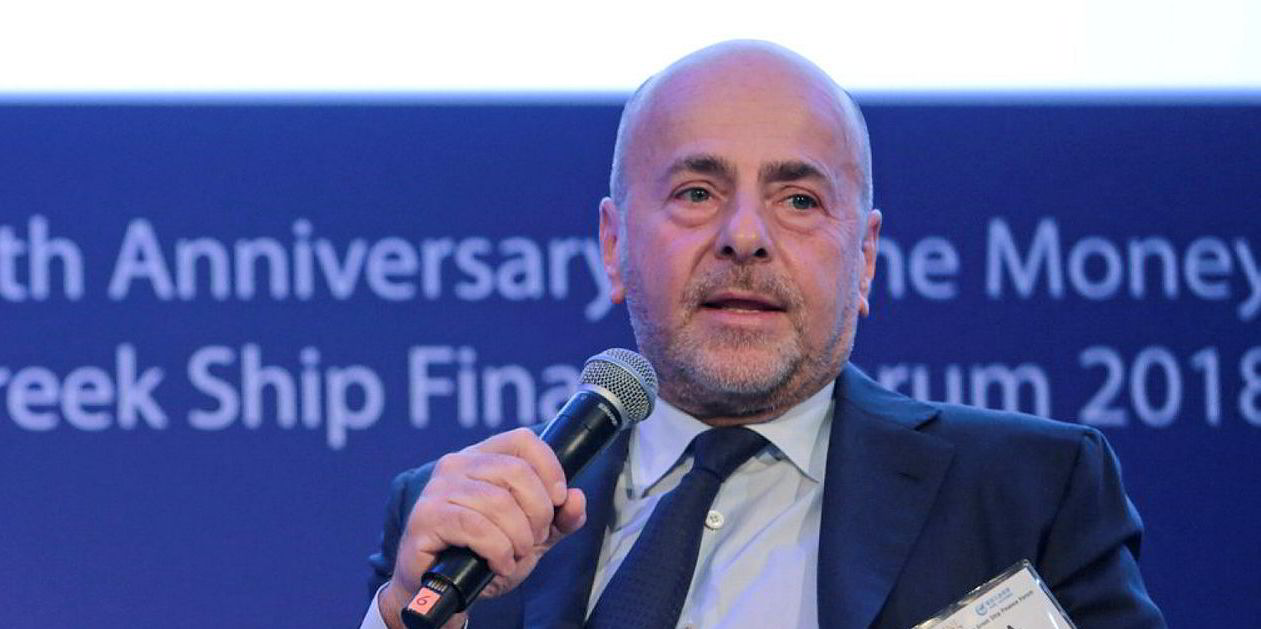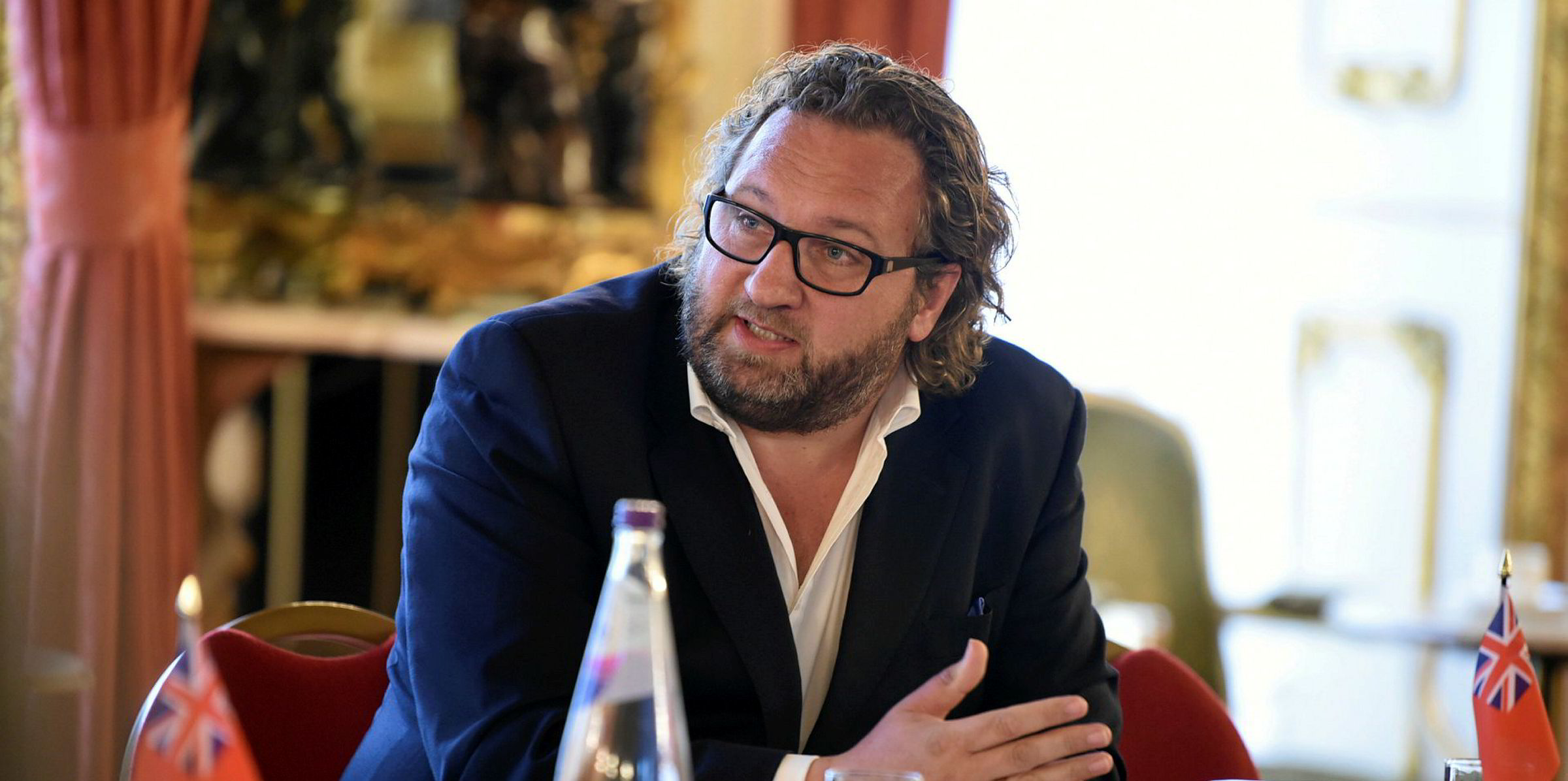Okeanis Eco Tankers (OET) has revealed why it has increased costs by paying out bonuses to its seafarers in the second quarter.
The Greek owner of VLCCs, suezmaxes and aframaxes said the investment was worth it during the pandemic when crews were stranded on vessels.
Due to the disbursement of bonuses to officers and seafaring staff OET's general and administrative (G&A) expenses rose from $1,034 per fleet day in the first quarter of 2020 and $1,434 in the second quarter of 2019 to $2,497 for the second three months of this year.
Norwegian investment bank Cleaves Securities described this as "noteworthy".
Chief financial officer John Papaioannou told analysts on a conference call that Greek tax law "incentivises" the company to disperse salaries twice per year in the second and fourth quarters, so expenses will be higher during those periods.
But he said it also distributed bonuses to seafaring staff who had been impacted by Covid-19 crew-change complications, “which for some seafarers has meant staying at sea and away from their families for more than a year”.
Link between pay and performance
Papaioannou continued: "We find a strong positive correlation between how well we treat our seafarers and how well they treat our assets, always within the realms of financial reason."
He added that G&A at $918 per ship day is still the lowest in the tanker industry.
"G&A should be lower in the next 12 months," he said.
The company has a book value per share of NOK 121 ($13.68), against a trading price around NOK 67 this week.
Papaioannou said debt will peak in the third quarter at $847m as it draws down a new suezmax facility.
The Oslo-listed outfit has fixed a loan worth $103.2m from the Export-Import Bank of Korea, BNK Busan Bank and BNK Kyongnam Bank to fund its 158,000-dwt newbuildings Nissos Sifnos and Nissos Sikinos at Hyundai Samho Heavy Industries.
Their cash break-even rate is anticipated to be sub-$21,000 per day, it added. It had $33m in cash as of 30 June.
Chief operating officer Aristidis Alafouzos told analysts that the company had focused its VLCCs on shorter Middle East Gulf to Asia trips at the start of the second quarter to capitalise on a rising market.
It then switched to longer voyages from West Africa to China later in the period, locking in strong rates.
Cleaves said Ebitda of $57m compared with OET's earlier guidance of $53m to $54m, while net profit of $37m was far above guidance at $33m to $34m.
Rates to fall
The company managed a fleet-wide daily time charter equivalent rate of $51,900 per operating day, with VLCCs coming in at $59,700, suezmaxes at $52,900 and aframaxes/LR2s at $28,000.
So far in the third quarter, 67% of the available VLCC spot days have been booked at an average rate of $54,200 per day.
OET has also fixed 66% of the available suezmax spot days at $39,600 per day, and 89% of aframax/LR2 spot days at $19,700 per day.
The company said on the call that it expects its next VLCC fixtures to be concluded in the low $30,000s per day, depending on positioning and route.
For suezmaxes, this level will be in the high teens to low $20,000s for ships opening in the East, and in the high $30,000s to low $40,000s for vessels opening in the West.





